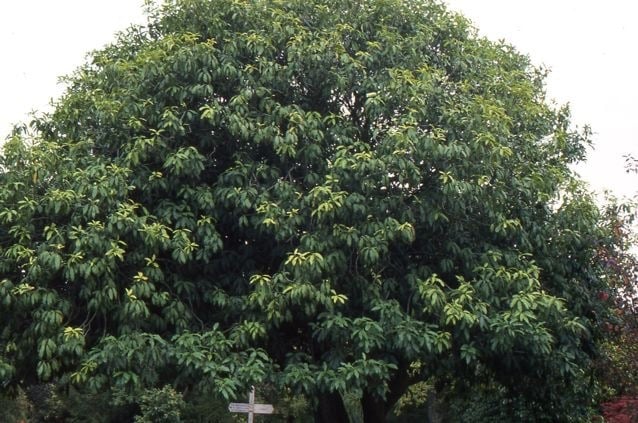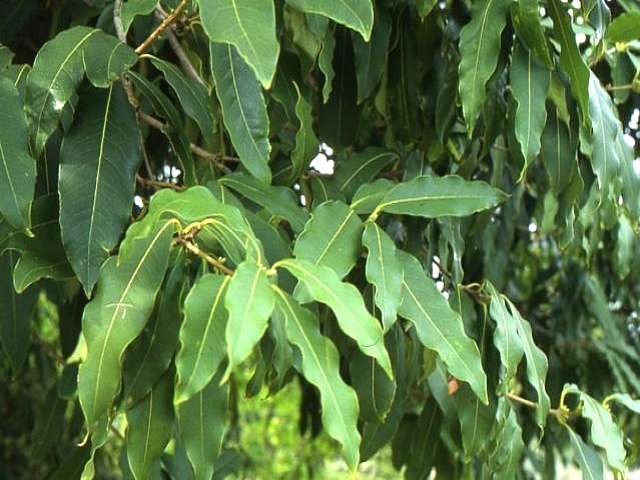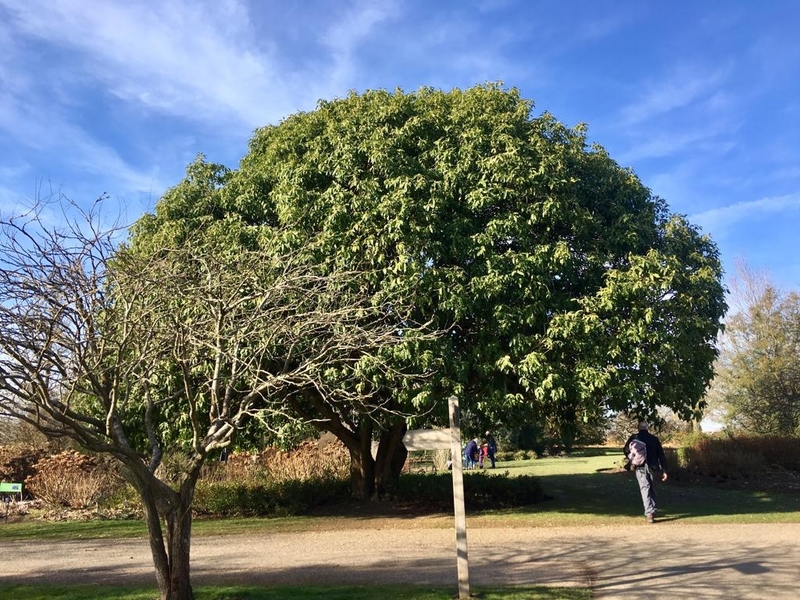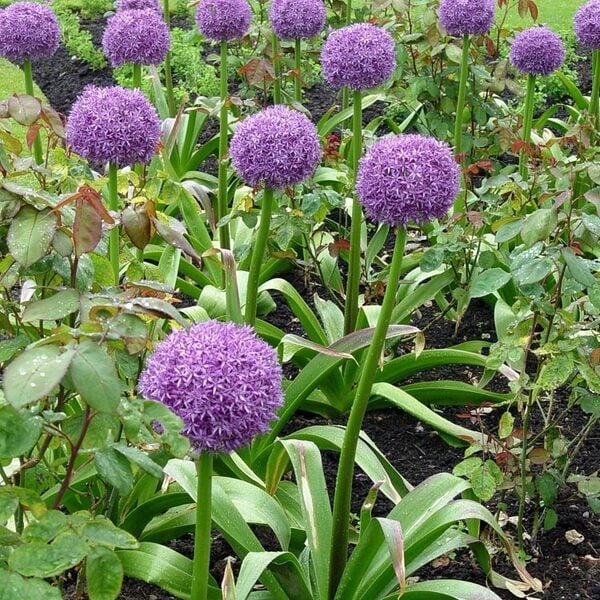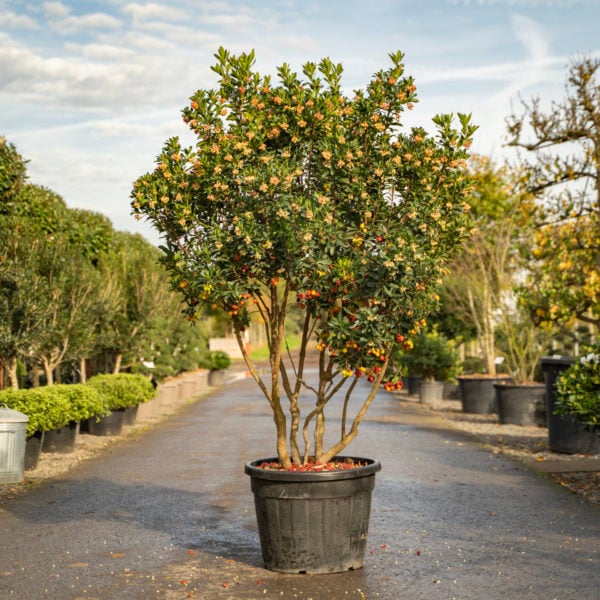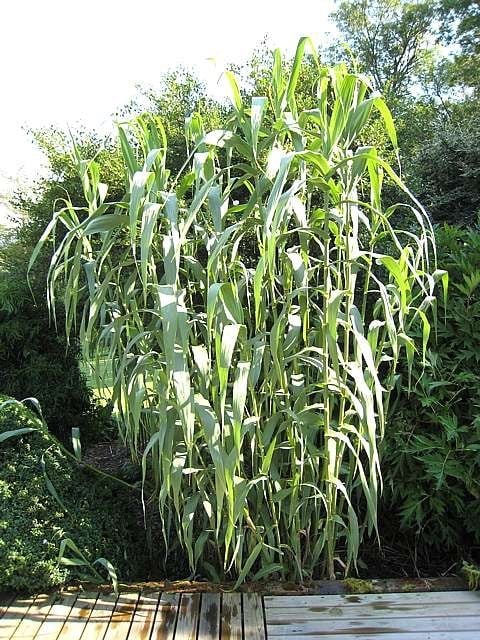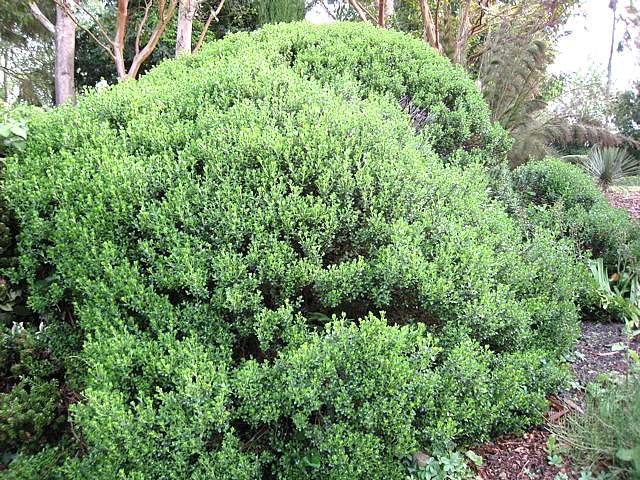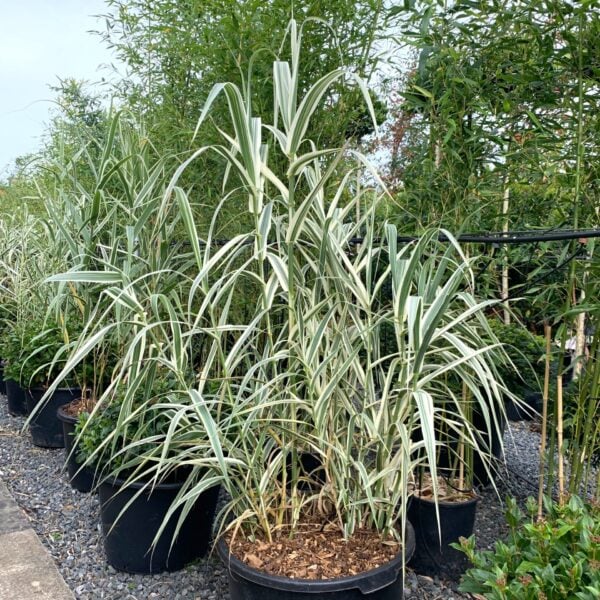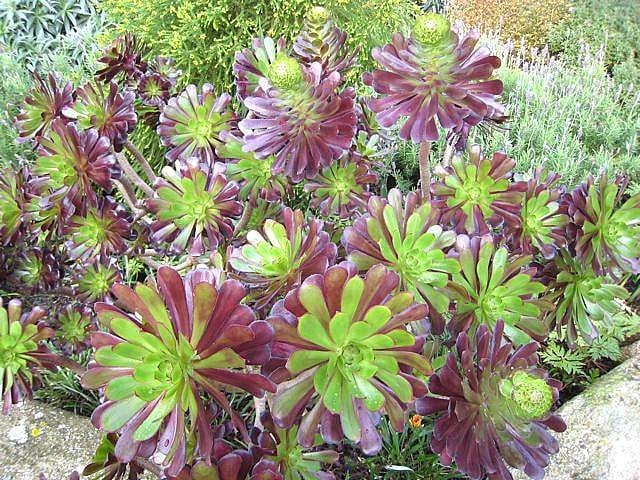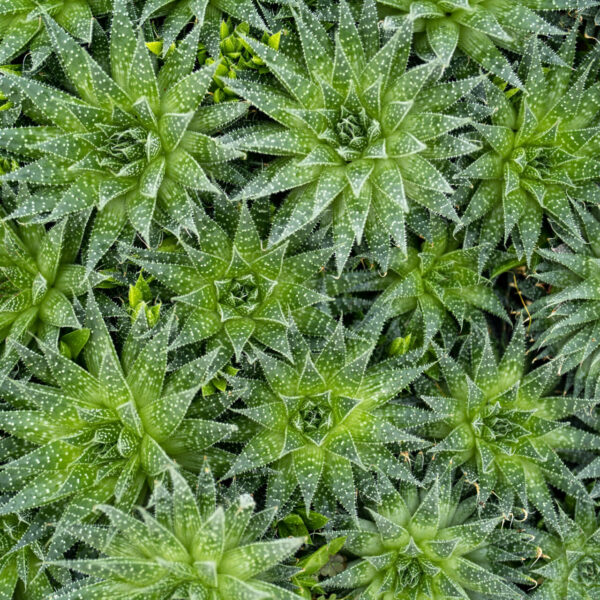Osmanthus yunnanensis
Exceedingly rare little evergreen tree from S. China. To 20ft after 25 years. As with all Osmanthuses, deliciously fragrant flowers in late winter. Please contact us for stock availability and sizes.

Hardiness level Amber
Another one of our improbable little trees. It comes from sub-tropical Yunnan province in south-west China so has no business surviving in our climate but it actually does better than survive - it thrives. There's a broad and dense domed tree at Wakehurst Place, West Sussex (near the main house) that was probably planted shortly after its introduction in the early 1920s. This tree is the source of all our plants (from cuttings) and is by far the largest I know of. There used to be one at Abbotsbury Garden in Dorset that was surrounded by other trees and became much taller than the Wakehurst tree but died very suddenly in the late 1990s. The next biggest I know of is by the Darwin garden at Christ's College, Cambridge. About 20ft tall and planted in 1991. The young growth is dark red turning to a very fresh green, the leaves hang down and are wavy edged and it flowers in late winter and - as with all the Osmanthuses - smells delicious. Small and white and nothing much to look at but still delicious. Sun or shade in any old soil. The Osmanthuses are closely related to the olives and privets and have that useful family attribute of being as tough as old boots.
Propagated by cuttings from the tree at Wakehurst Place, West Sussex.
N.B. When clipping several plants with the same tool, have a bucket containing a 5% bleach solution and swish your blades around for 30 seconds between plants to sterilise them. This will help avoid the chance of cross contamination of disease.
As with all woody plants, plant high, exposing as much of the taper at the base of the trunk as possible. Allowing soil to accumulate round the base of a tree can be fatal. Keep very well watered when first planted.
Additional Information |
|
|---|---|
| Soil Type | |
| Light | |
| Plant Type | Big Leaves / Exotics, Evergreen, Flowers, Grown by Us, Shrubs, Trees |
| Continent of Origin | |
| Specialist Plants | |
| Tree Size | |
| Situation | Coastal, Mild City Gardens, Plants for Pots, Sheltered Garden |
| Flower Colour | |
| Hardiness | |




